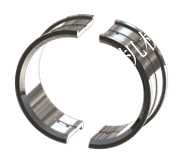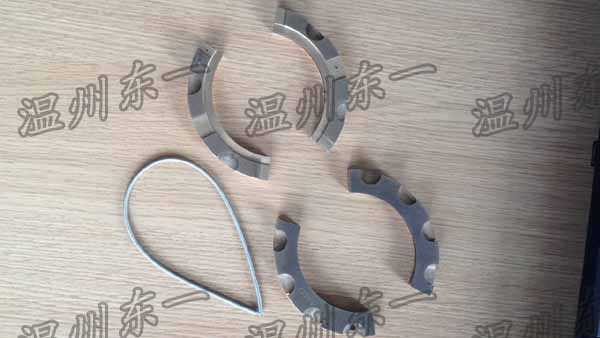Powder & Bulk Solids is part of the Informa Markets Division of Informa PLC
This site is operated by a business or businesses owned by Informa PLC and all copyright resides with them. Informa PLC's registered office is 5 Howick Place, London SW1P 1WG. Registered in England and Wales. Number 8860726. Nozzle Breath Valve

See All Safety & Compliance »
JB Benson, sales manager, Prater Industries Inc. | Mar 11, 2022
They are called rotary valves, rotary airlocks, rotary feeders, rotary airlock feeders, or sometimes just airlocks. Though they can be called by many names, they are basically all the same components, used to transfer solid bulk materials from holding containers into conveying systems.
Rotary valves are a type of industrial valve consisting of a housing, shaft, rotor, shaft seals, end plates, bearings, and a drive. Most often, they are just referred to as rotary valves. However, what they are called really depends on their function. The components interconnected with rotary valves make them airlocks or feeders, though sometimes they are used for both purposes in the same application.
Image courtesy of Prater Industries Inc. Prater custom-fabricated rotary valve
Rotary airlocks maintain a pressure differential between two separate, differently pressured atmospheres, whereas feeders are used specifically for transferring bulk solids from one compartment to another, often doing so at a controlled rate. Though rotary valves look basically the same, the application and industry will determine what options or sizes work best.
Rotary airlocks displace bulk solids from one vessel or atmosphere to another, while minimizing the loss of air pressure between them. In pneumatic conveying systems, rotary airlocks are used to charge bulk solids into the system or to remove them from collection devices (e.g. cyclone or dust collector) at the end of a system. Pneumatic systems use high-pressure fans or blowers to impart velocity to air thru a defined circuit of piping, carrying the bulk solids with it thru the system.
Image courtesy of Prater Industries Inc. Prater stainless steel blow through rotary airlock valve
Prater stainless steel blow through rotary airlock valve
Rotary feeders manage flow rates of bulk solid products. They typically control the rate of displacement of product from a mass storage vessel to downstream process equipment where a controlled, consistent flow is desired. Used simply as a feeder, they do not separate atmospheres at different pressures.
When used as an airlock and feeder, rotary valves are typically referred to as “rotary airlock feeders.” They prevent air loss while displacing bulk solids, such as when transferring product from a mass storage bin into or out of a pneumatic circuit. While airtight, rotary airlock feeders are built with precision tolerances to limit air loss in pneumatic circuits. In a sense, a rotary valve that works as both an airlock and feeder is like a revolving door, allowing the material to pass through it while maintaining air pressure within the building.
Image courtesy of Prater Industries Inc. Prater cast iron blow through rotary airlock valve
Prater cast iron blow through rotary airlock valve
Rotary valves are used as feeders, airlocks, or both for the following applications:
Rotary valves are essential parts of material handling systems, helping to process dry particles that can flow freely, whether in the form of crystals, granules, pellets, or powders.
JB Benson is sales manager, Prater Industries Inc. (Bolingbrook, IL). For more information, call 630-759-9595 or visit www.praterindustries.com.
More information about text formats

Stainless Steel Oil Discharge Valve Check out Powder & Bulk Solids Industry Master directory.